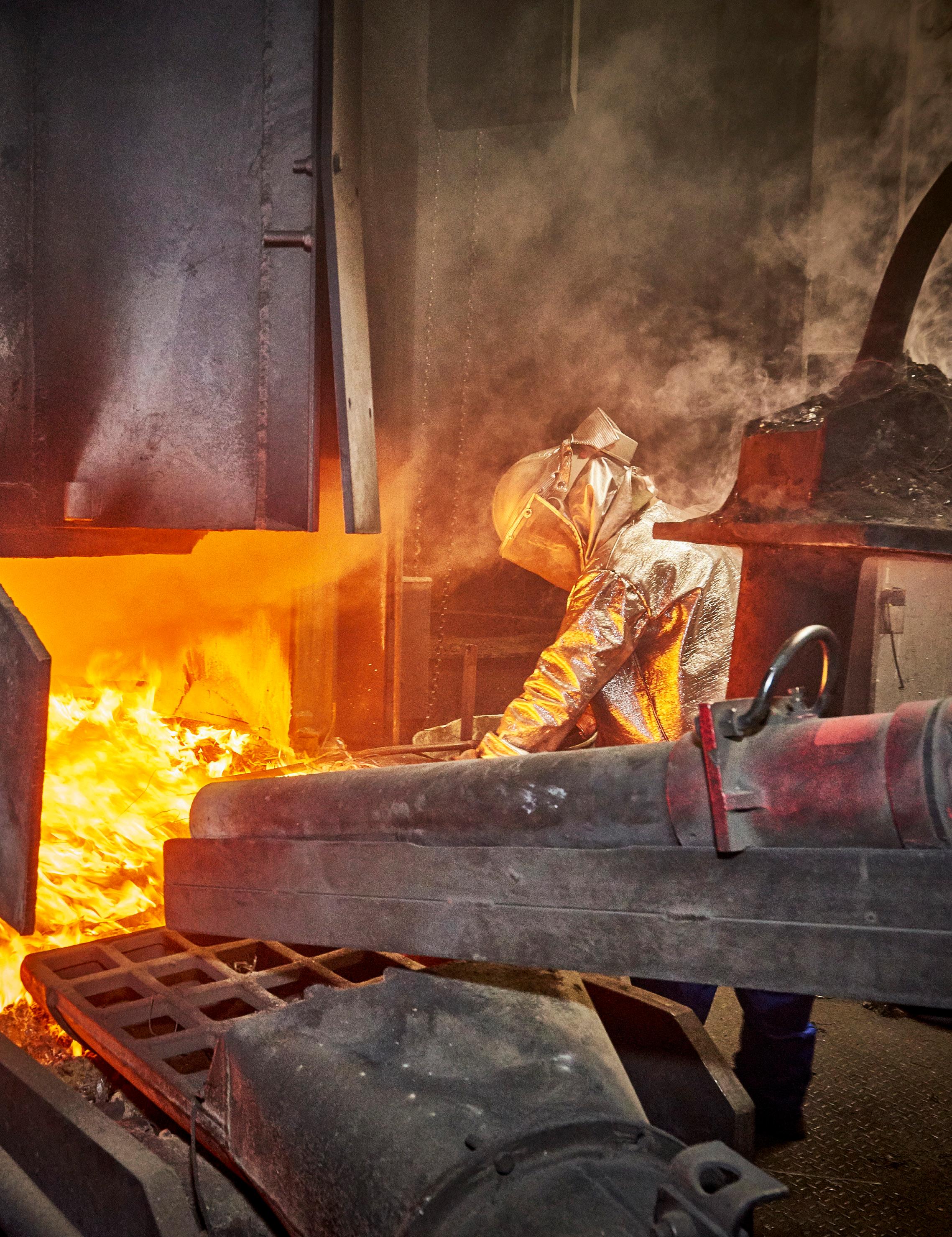
1 minute read
WEIGHT CHART
DO YOU NEED ADVICE OR A QUOTATION FOR YOUR ROOFING PROJECT?
Sizing And Correct Use Of Lead Sheet
The most common cause for failure of Lead Sheet used in roofing and cladding applications is from cracks developing as a result of thermal expansion and contraction due to individual pieces of Lead being oversized.
The maximum size recommended for each thickness or Code of Lead varies; the thicker the Lead the larger the piece that can be laid.
The Lead Sheet Training Academy provide comprehensive details of recommended maximum sizes in “Rolled Lead Sheet – The Complete Manual”, the chart opposite provides a general guide to which code thicknesses can be used for a range of common applications as well as maximum recommended sizes.
Over Fixing
Lead Sheet on buildings is usually fixed externally and is therefore subjected to conditions of changing temperature.
Limiting the size of each piece of Lead Sheet ensures that the amount of thermal movement within the jointing and fixing details is not excessive and there are no undue restrictions on this movement.
Whilst there needs to be sufficient fixings to support the Lead, it is important to note that over fixing can restrict the free thermal movement of the Lead, causing the sheet to buckle, which in turn will result in fatigue cracking and possible failure.
Joints
Joints for Leadwork are designed to allow for thermal movement. A joint must be weather- tight in its selected position and not formed too tightly.
End to end joints between step and cover flashings, pitched valley gutters, pitched roofing and cladding pieces are called laps. The lap diagram below indicates the minimum lap required for each degree of pitch.
Lap Graph
Minimum lap for each degree of pitch










